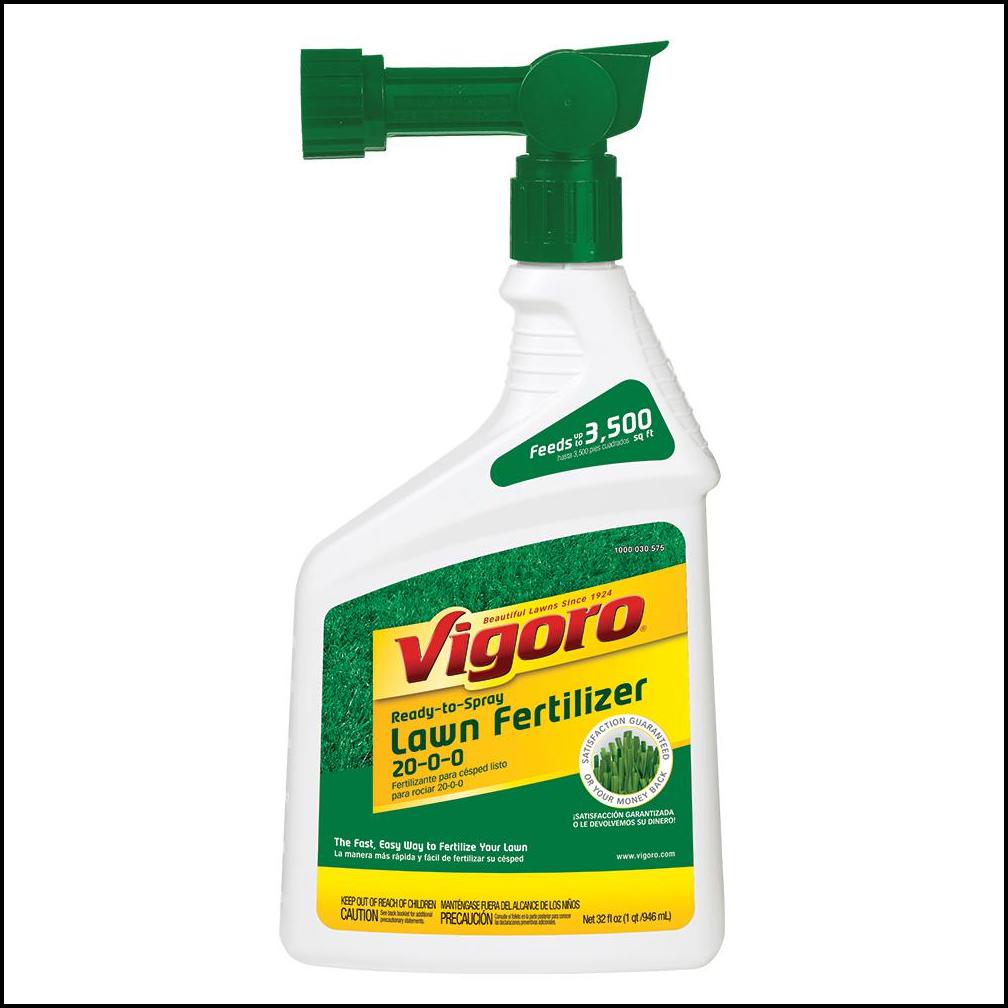

The extension recommends using products with uniform particle sizes and minimal amounts of dust and broken granules. According to the PennState Extension, granular fertilizers that contain significant amounts of dust, broken particles, and different-sized pellets may lead to poor distribution of nutrients. ✗ Spreading fertilizer nutrients uniformly throughout the lawn is not always possible. ✗ Granular fertilizers usually won’t deliver nutrients fast enough to a struggling lawn that needs an immediate nutrient boost. ✗ Granular fertilizers can be more difficult to spread than liquid fertilizers. ✓ Granular fertilizers are typically less expensive than liquid fertilizers, especially when you buy in bulk. ✓ Granular fertilizers have a longer shelf life than most liquid fertilizers. ✓ Slow-release fertilizer can last for several weeks or months, which means you don’t need to apply it as often as quick-release liquid products. ✓ Slow-release fertilizer is ideal for long-term grass health. Let’s take a look at granular fertilizer’s pros and cons: Granular fertilizer pros and consĪlthough granular and liquid fertilizers might deliver the same nutrients, there are some significant differences between the two types of fertilizer. And fertilizer labels will often display this ratio in the order N-P-K.įor example, a package displaying 24-25-4 means the fertilizer contains 24% nitrogen, 25% phosphorus, and 4% potassium. What does N-P-K mean? Most fertilizers contain a ratio of nitrogen (N), phosphorus (P), and potassium (K). And plants can’t tell the difference between nutrients supplied by granular and liquid fertilizers. Your grass will get the same nutrients whether you apply a liquid or granular fertilizer. Granular and liquid fertilizers supply the three most essential nutrients your grass needs: Nitrogen, phosphorus, and potassium (potassium is sometimes referred to as potash in the context of fertilizer). Do liquid and granular fertilizers have the same nutrients? Most liquid lawn fertilizers are quick-release solutions, which means they’ll immediately supply nutrients to the grass.īecause grass absorbs the liquid nutrients so quickly, liquid fertilizer needs to be applied more often than slow-release granular fertilizer. Some liquid fertilizers begin as a dry, water-soluble substance that you must dissolve in water. Liquid fertilizer is a liquid concentrate that you dilute with water and then spray onto their lawns.

Typically, you’ll only need to apply slow-release granular fertilizer once during the season. Slow-release fertilizers gradually release nutrients to the grass over a long period. Most granular fertilizers are slow-release fertilizers, although some granular products are quick-release. Granular fertilizers are dry and typically come in the form of pellets. Can I apply granular fertilizer by hand?.Do liquid and granular fertilizers have the same nutrients?.Suitable for all indoor plant varieties including Ferns, Fiddle Leaf Figs, Devil’s Ivy, Dracaena, Peace Lilies, Palms, Peperomia, Monsteras, Begonias and Ficus. Available as Controlled Release prills to supply a controlled feed of nutrients for up to 6 months as well as Pour+Feed ready-to-use liquid fertilizer for no-mess feeding and Mist+Feed spray on fertilizer to keep your foliage green, glossy and protected from dry indoor conditions.

The range has been carefully balanced to provide essential nutrients to indoor plants to ensure optimum growth and plant health. This all-new, premium indoor plant fertilizer range has been especially developed by horticultural experts for a wide range of indoor plants. Keep them healthy and strong so they light up your home, with the right indoor plant food. Your companions inside your home need just as much love as the plants in your garden and sometimes they need just that little bit more. Give your indoor plants the love they need with a regular dose of indoor plant fertiliser.


 0 kommentar(er)
0 kommentar(er)
